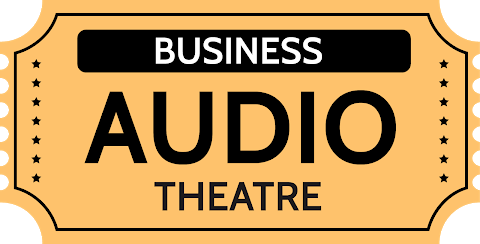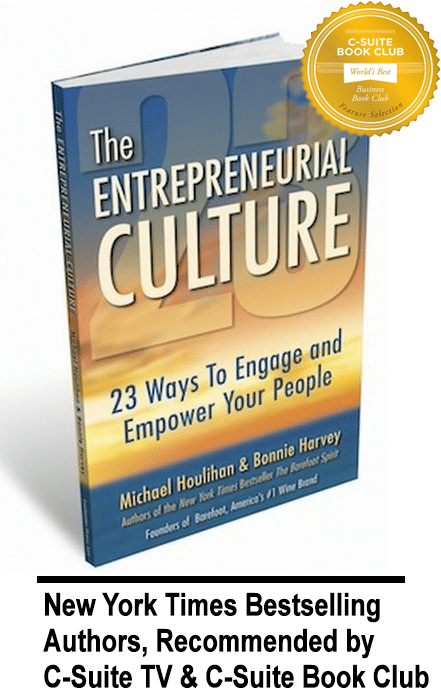
But we not only have a lot more to say, we have many more ways to say it. And therein lies the challenge. We have to be very careful that we use the right form of communication for the appropriate message to be clear, effective and avoid misunderstandings. By understanding each method’s values and limitations, we will be better prepared to use them appropriately.
Basically today, you can choose to communicate in person, by phone, by video, by email, or by text. Sure, there’s other platforms like social messaging, audio recordings and video recordings. There is even the old-fashioned method of writing a letter and mailing it. But for business, we rely on the big 5. Let’s look at their strengths and weaknesses so we can better choose the right one for the right message.
The Big 5 Communication Methods
In Person
We have found in person, face-to-face communication to be the #1 way to communicate effectively, especially when you are trying to make a sale or get the other person’s OK on your proposal. Here’s why:
First, you actually see the other person in real time. You see their reactions to what you are saying. Misunderstandings can be nipped in the bud. The face has about 20 muscles that can form hundreds of expressions. Why not get this powerful and constant feedback to immediately iron out differences and misinterpretations on the fly? You also see by their body language that tells you if they are being defensive or truly interested.
Second, they know that you are giving them your undivided attention. You are not checking email or multitasking. This is a commitment of your time and energy, and that gives you the benefit of the doubt. You are not hiding behind a platform and are vulnerable to answer sometimes difficult questions. This communicates a level of sincerity and builds a bond that will create the familiarity you want to develop in the relationship.
This method is best for first meetings with VIPs and is important to confirm your continued commitment to large repeat customers. The drawbacks are obvious. It’s time-consuming. Travel is involved. You can’t multitask. And you are on the spot.
By Video
Video is best used when you can’t meet in person. It has many of the same advantages without the drawback of travel. Plus you can meet with multiple people in many different locations at the same time. Video is great for meetings where you are working on a shared document and it provides a powerful tool to keep the beneficial aspects of the initial face-to-face meeting alive.
When people can see you, even on a screen, they are more likely to assume that you have positive intentions. For this reason, we prefer video to telephone. The drawbacks include poor connectivity, poor user knowledge, and a variety of features missing on many of the platforms.
By Phone
Phone is in real time and it’s more personal than email. Phone is a great way to immediately straighten out misunderstandings that may occur over email. When your emails start going back and forth to try to explain or argue a point, it’s time to pick up the phone! There’s no law that says all your communication has to be in writing.
Phone also gives you tonality and intention. You can tell by the other person’s tone of voice if they are sincere or agitated. Their tone may tell you that’s it’s not a good time to discuss your issue, for instance. Imaging not having this level of feedback and just continuing to write to them by email blindly!
We like the phone over email for two-way discussions. The drawbacks include the inability to see the other person’s facial expressions, it’s less personal than video, and it’s easier for the other party to be abrupt. With phone, you can be just a voice on a device, less worthy of respect than someone they can see. Phone works better after an initial introduction in person or by video.
By Email
Email is a great way to document what was said at a meeting or a phone call. It’s also a great way to transmit other documents. Email is a terrible way to have a disagreement. Both sides tend to feel obligated to get in the last word or explanation. And if you were wrong, or you change your mind, guess what? It’s there as evidence forever! Some things are better off unsaid in email.
Email has a certain behavioral bandwidth that many have yet to discover. If you have several requests in a list, for instance, chances are your recipient will only address the last one. We suggest one request per email. Also, if your email’s paragraphs are too long, they won’t read it. We suggest no paragraph longer than 3-4 lines, no matter what. We have written extensively about how to get the most from your email, all based on actual procedures we put in place in our business.
The biggest drawbacks to email include not getting read at all because there’s just too much of it in the other person’s inbox, misunderstandings that result in terminal back-and-forth, saying something you regret that now has a permanent record, it’s not in real time, and the impersonal nature of the media itself.
By Text
Text is a great way to get through when you can’t talk on the phone or in person. It’s also a great way to stay in touch before a meeting with your ETA status. It’s great to keep up with family and friends. But you’d better know the other party as it assumes a level of familiarity that can put off many.
Text is a great way to send physical addresses and communicate with folks who are in route. Even though text is being used more and more these days, it extremely limited and has several important drawbacks.
The party you are texting may not know your name and just your phone number shows up as the sender. This is very frustrating for the receiving party. We recommend that you state your name, especially if you have any reason to believe they don’t yet have you in contacts. Text is usually short bursts with one thought per burst. It can be personal if they know you and irritating if they don’t. Text documents everything, so be careful not to say anything you don’t want brought up later. Text also assumes that you and the other person are connected 24 -7. If you don’t respond right away, the other party could be offended.
Conclusion
Just like our cat, Cosmo, choose your method of communication to be appropriate for the message you want to convey and the party you want to communicate with. Be aware of the advantages and drawbacks of each method and use them all in concert to reinforce each other. Respect the hierarchy of communication tools where in-person real-time continues to be at the top!
Who We Are

Michael Houlihan and Bonnie Harvey co-authored the New York Times bestselling business book, The Barefoot Spirit: How Hardship, Hustle, and Heart Built America’s #1 Wine Brand. The book has been selected as recommended reading in the CEO Library for CEO Forum, the C-Suite Book Club, and numerous university classes on business and entrepreneurship. It chronicles their humble beginnings from the laundry room of a rented Sonoma County farmhouse to the board room of E&J Gallo, who ultimately acquired their brand and engaged them as brand consultants. Barefoot is now the world’s largest wine brand.
Beginning with virtually no money and no wine industry experience, they employed innovative ideas to overcome obstacles, create new markets and forge strategic alliances. They pioneered Worthy Cause Marketing and performance-based compensation. They built an internationally bestselling brand and received their industry’s “Hot Brand” award for several consecutive years.
They offer their Guiding Principles for Success (GPS) to help entrepreneurs become successful. Their book, The Entrepreneurial Culture: 23 Ways To Engage and Empower Your People, helps corporations maximize the value of their human resources.
Currently they travel the world leading workshops, trainings, & keynoting at business schools, corporations, conferences. They are regular media guests and contributors to international publications and professional journals. They are C-Suite Network Advisors & Contributing Editors. Visit their popular brand building site at www.consumerbrandbuilders.com.
To make inquiries for keynote speaking, trainings or consulting, please contact sales@thebarefootspirit.com.







